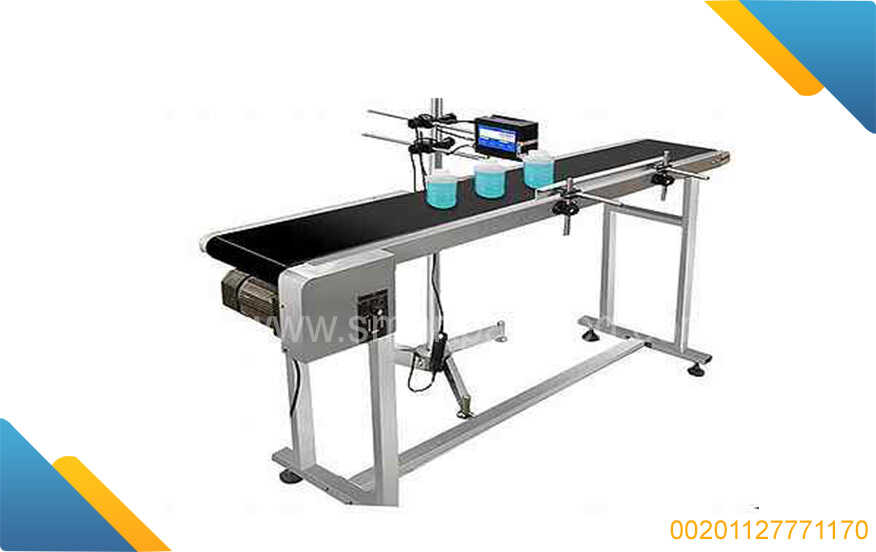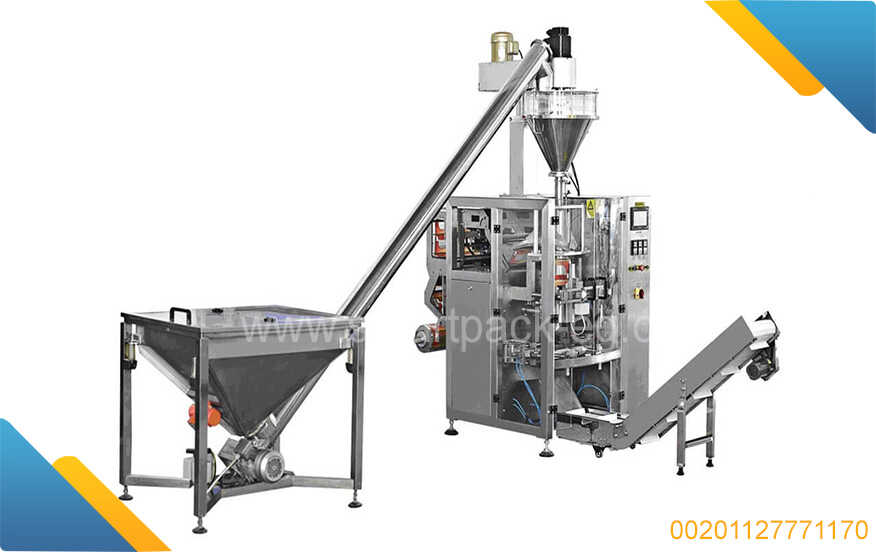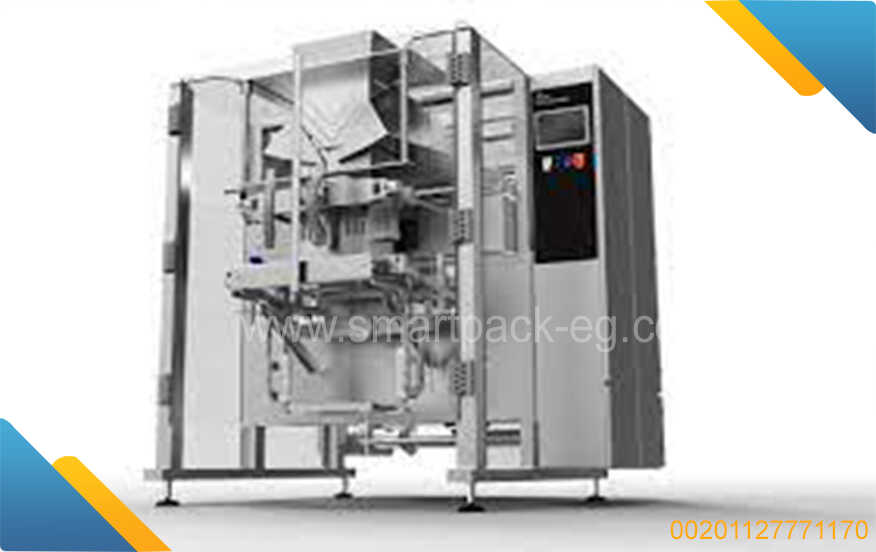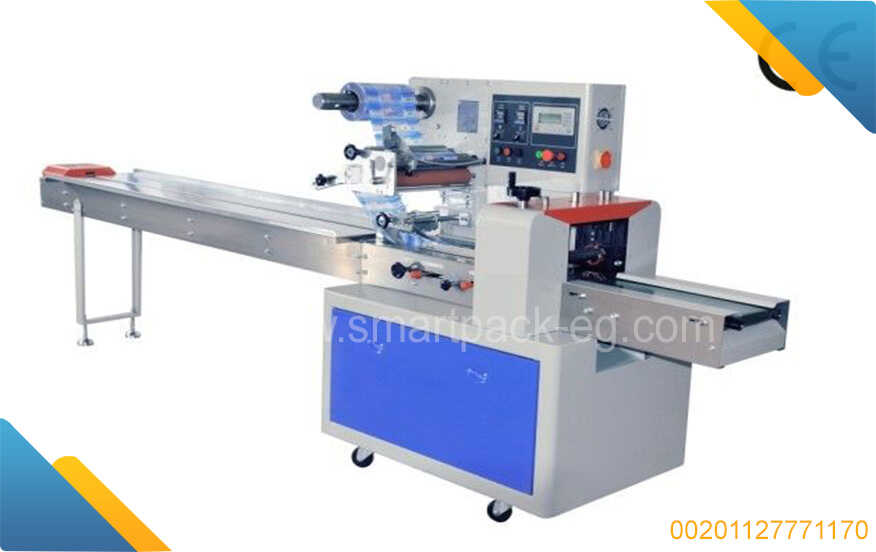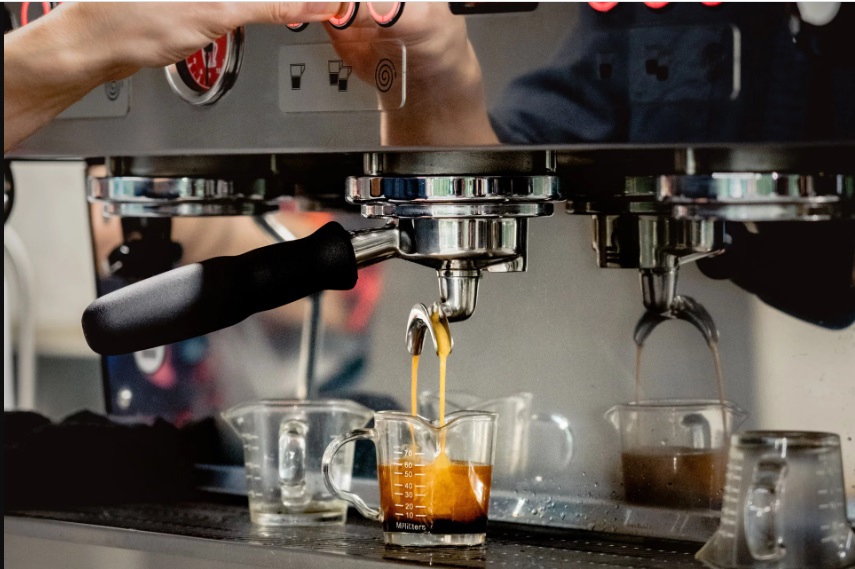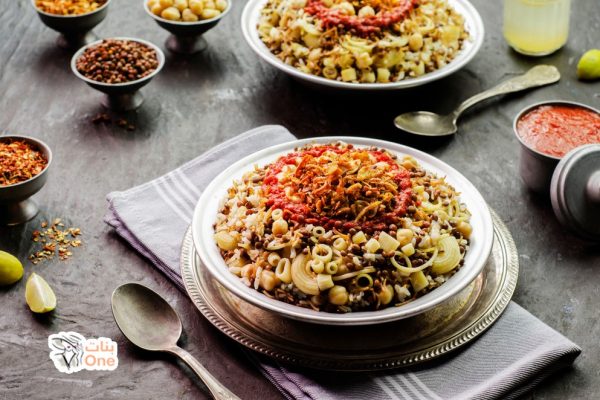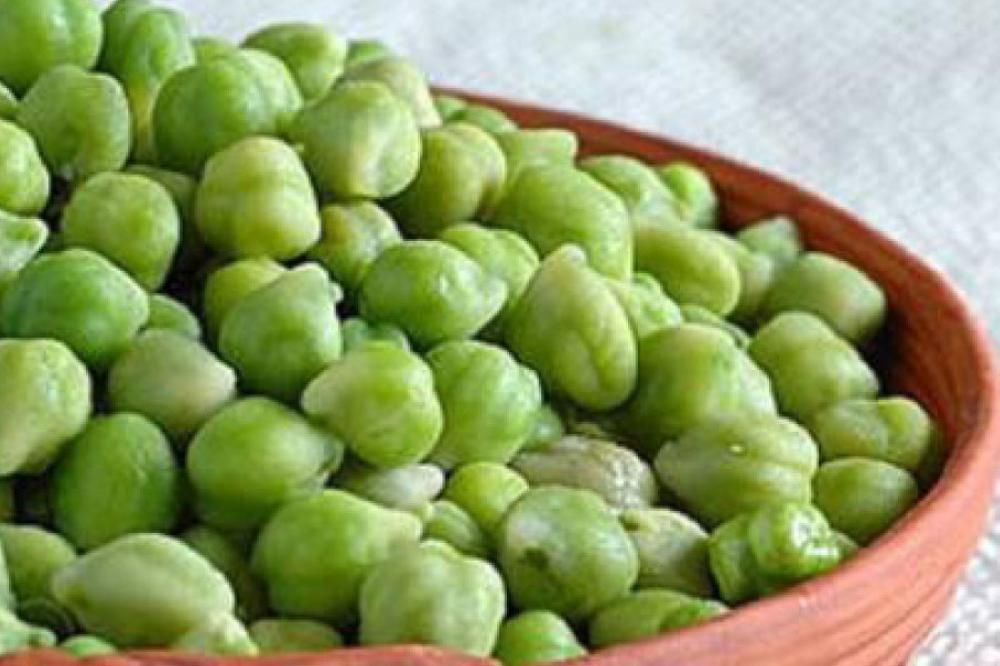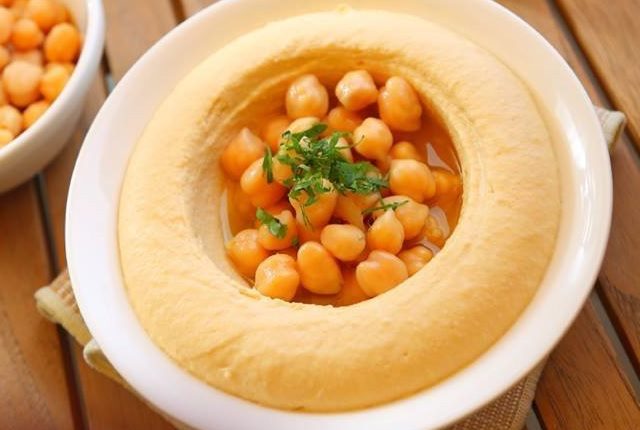Title: A Comprehensive Guide to Olive Oil Extraction Projects in Palestine and Oil Packaging Machines
Introduction:
Olive oil has been an integral part of Palestinian cuisine and cultural heritage for centuries. With its numerous health benefits and culinary versatility, olive oil has gained global recognition as a valuable commodity. This guide aims to provide a comprehensive overview of olive oil extraction projects in Palestine, along with information on oil packaging machines.
Table of Contents:
-
The Importance of Olive Oil in Palestine
-
Olive Oil Extraction Process
2.1 Traditional Pressing
2.2 Modern Cold Pressing Methods
2.3 Key Equipment for Olive Oil Extraction -
Setting Up an Olive Oil Extraction Project
3.1 Identifying Suitable Land and Olive Varieties
3.2 Procuring Olive Harvesting Equipment
3.3 Designing an Olive Oil Mill
3.4 Optimizing Production Techniques -
Packaging and Bottling Olive Oil
4.1 Why Packaging is Crucial
4.2 Types of Packaging Materials
4.3 Choosing the Right Packaging Machine
4.4 Key Features to Consider in Packaging Machines -
Ensuring Quality and Food Safety Standards
-
Marketing and Distribution
-
Conclusion
-
The Importance of Olive Oil in Palestine:
Olive oil production holds immense cultural, social, and economic significance for Palestinians. The olive tree occupies a central place in Palestinian history, symbolizing resilience and sustenance. Moreover, olive oil exports contribute significantly to the Palestinian economy, creating employment and fostering sustainable agricultural practices. -
Olive Oil Extraction Process:
2.1 Traditional Pressing:
Traditional olive oil extraction methods involve pressing olives in stone mills or using wooden presses. Although this method has historical value, it may not comply with modern quality standards due to variations in temperature control and possible oxidation of the oil.
2.2 Modern Cold Pressing Methods:
Cold pressing ensures that the olives are crushed and pressed at temperatures below 27°C (80°F) to preserve the oil's flavor, quality, and nutritional benefits. This method involves using hydraulic or mechanical presses to separate the oil from the olive paste.
2.3 Key Equipment for Olive Oil Extraction:
To set up a modern olive oil extraction project, consider investing in the following equipment:
- Olive harvesting machinery (olive shakers, rakes, or harvesters)
- Olive washing and sorting machinery
- Olive crushing and malaxing equipment (including crushers and horizontal malaxers)
- Olive oil separation machinery (centrifuges or pressurized decanters)
- Filtering equipment
- Storage tanks for olive oil
- Setting Up an Olive Oil Extraction Project:
3.1 Identifying Suitable Land and Olive Varieties:
Select land that promotes healthy olive tree growth and is well-suited for olive oil production. Consult with agricultural experts to determine optimal soil conditions, irrigation requirements, and suitable olive varieties.
3.2 Procuring Olive Harvesting Equipment:
Choose appropriate tools such as manual harvesters, mechanized shakers, or rakes to efficiently collect olives without damaging them.
3.3 Designing an Olive Oil Mill:
Consider factors such as space availability, production capacity, and whether to opt for a complete mill or modular units. Collaborate with experienced mill designers to ensure smooth operations.
3.4 Optimizing Production Techniques:
Efficient olive oil production techniques include proper storage of harvested olives, careful crushing and malaxing processes, and effective management of temperature control during extraction.
- Packaging and Bottling Olive Oil:
4.1 Why Packaging is Crucial:
Packaging plays a vital role in preserving the quality and integrity of olive oil. It protects against oxidation, light exposure, and contamination, ensuring extended shelf life and maintaining the oil's health benefits.
4.2 Types of Packaging Materials:
Common packaging materials for olive oil include glass bottles, tin cans, and PET or HDPE plastic containers. Each material has its own advantages and considerations regarding cost, transportation, and aesthetics.
4.3 Choosing the Right Packaging Machine:
Selecting an appropriate packaging machine greatly impacts the efficiency and productivity of your olive oil production line. Depending on your production volume and packaging requirements, options include manual fillers, semi-automatic machines, and fully automatic bottling lines.
4.4 Key Features to Consider in Packaging Machines:
When choosing a packaging machine, consider factors such as speed, accuracy, reliability, ease of use, and the ability to handle various bottle sizes and closure types. Additionally, ensure the machine complies with food safety regulations.
-
Ensuring Quality and Food Safety Standards:
Implement proper quality control measures and adhere to food safety standards during every step of the olive oil extraction and packaging process. Develop a Hazard Analysis Critical Control Point (HACCP) plan to address potential risks and ensure product safety. -
Marketing and Distribution:
Develop a marketing strategy to promote your Palestinian olive oil locally and internationally. Consider participating in trade fairs, establishing partnerships with distributors, and leveraging digital marketing platforms to reach a wider audience.
Conclusion:
Establishing an olive oil extraction project in Palestine requires careful planning, knowledgeable expertise, and attention to quality at every stage. By investing in the right equipment and employing good manufacturing practices, Palestinians can continue to showcase their exceptional olive oil worldwide, while contributing to the local economy and enhancing cultural heritage.

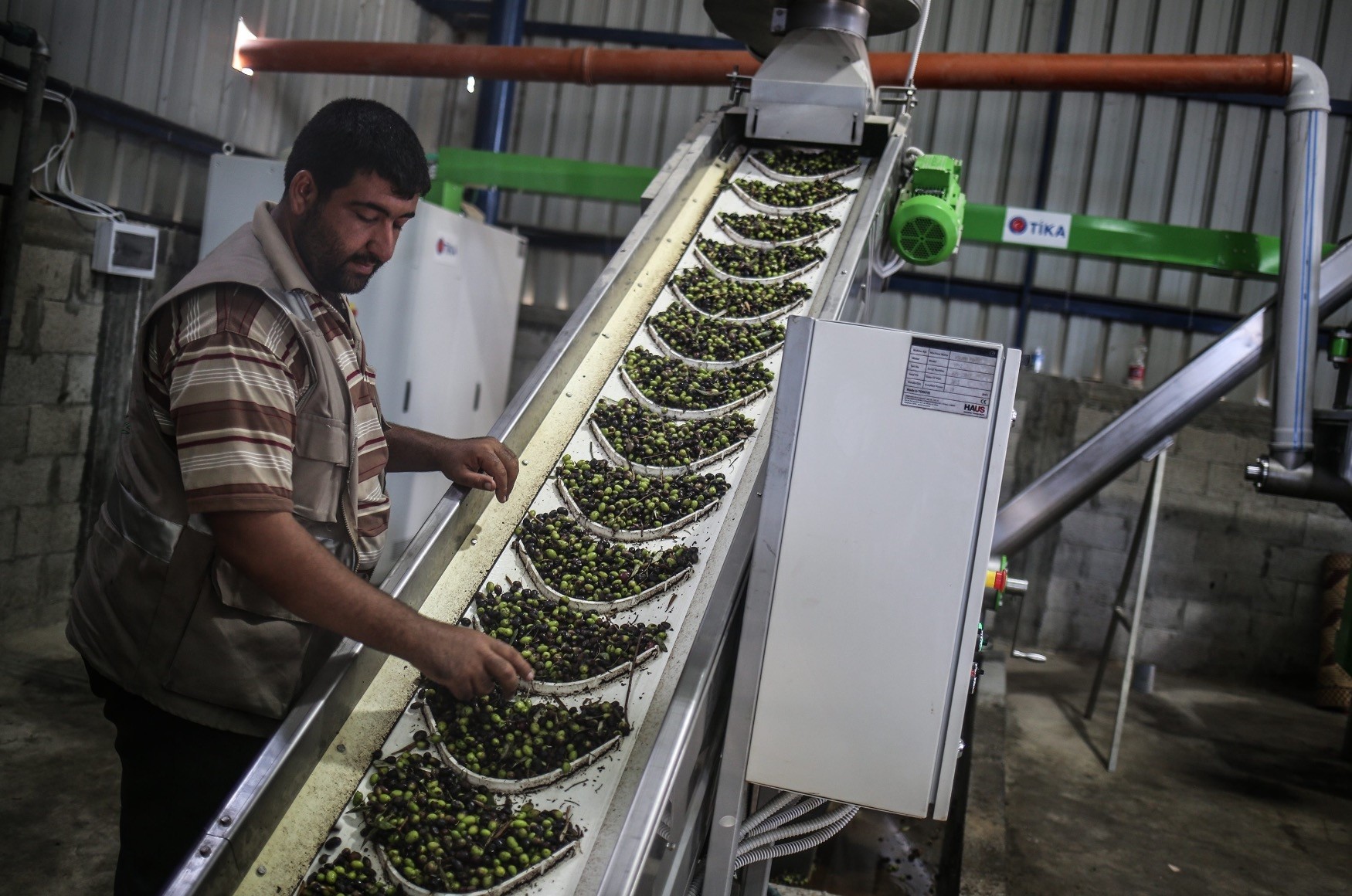
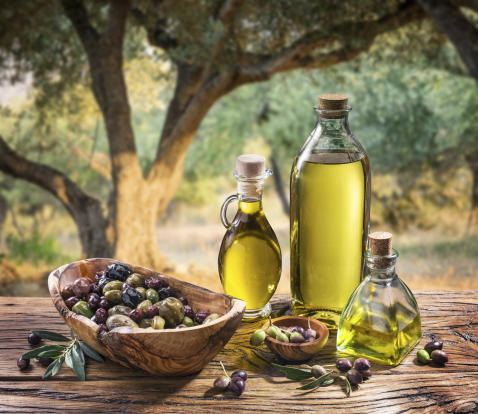
 Admin
Admin 